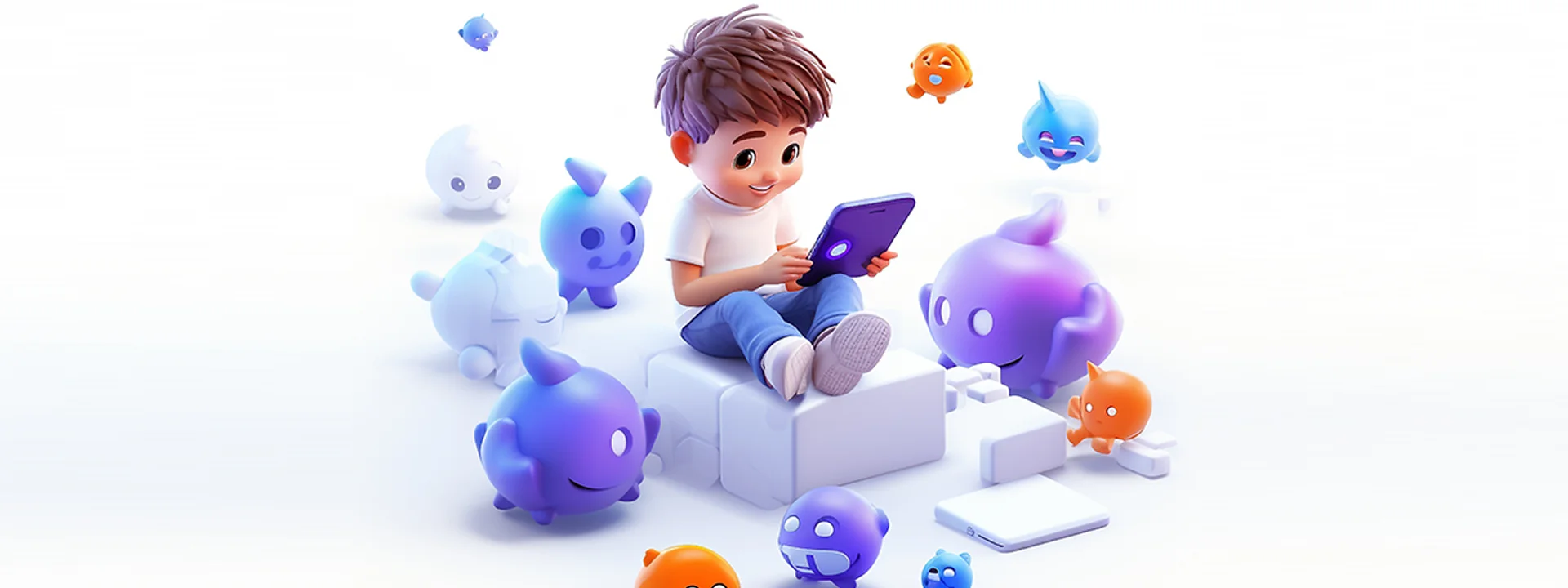
Different Types of 3D Animation A Comprehensive Guide
Animation has different types. One of the most common and realistic ones is 3D animation which has its different types. In this blog, we will elaborate on how 3D animation is made and what types of production it has.
Before getting started, let’s review the history of 3D animation and why it is considered highly important.
Table of Contents
History of 3D Animation
The first short computer animation in the history of the animation industry was created by John Lester. His “Adventures of Andre and Wally B” was made in 1984 when many companies and studios still did not count on this animation technique. About 11 years later, with the successful release of the 3D computer animation “Toy Story” by Pixar Studio, all eyes suddenly turned.
The news of this artistic achievement spread quickly and everyone became aware of the unique features of 3D computer animation! Even Walt Disney, seeing the people’s acceptance of this technique, directed most of his productions in that style.
Disney first started to develop computer infrastructure and made the 3D characters of the movie Dinosaur (2000) in a real scene as live action or earlier in 1986, they used 3D models to produce a sequence of the detective movie Big Mouse.
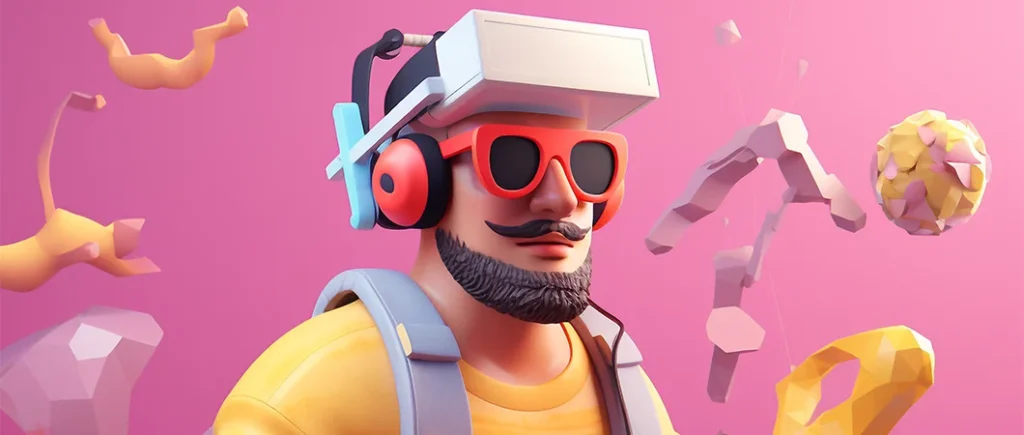
3D Animation and Advertisement
Business owners can order the best and most unique designs and have the most suitable commercial created by professional studios. They can use animated videos to promote a product, service, etc. Of course, consider that the use of designing and making 3D animations can have a series of advantages and benefits, the most important of which will be product introduction in every direction. Many developed and advanced countries have been able to use the best possible way of designing and making 3D animations to bring the best sales for themselves in today’s market.
How is 3D Animation Made?
Behind closed doors of a professional animation studio, there is a thorough procedure going on to make the ultimate project. Here you can learn about the steps to make 3D animation. These steps are divided into three stages: pre-production, production, and post-production stage.
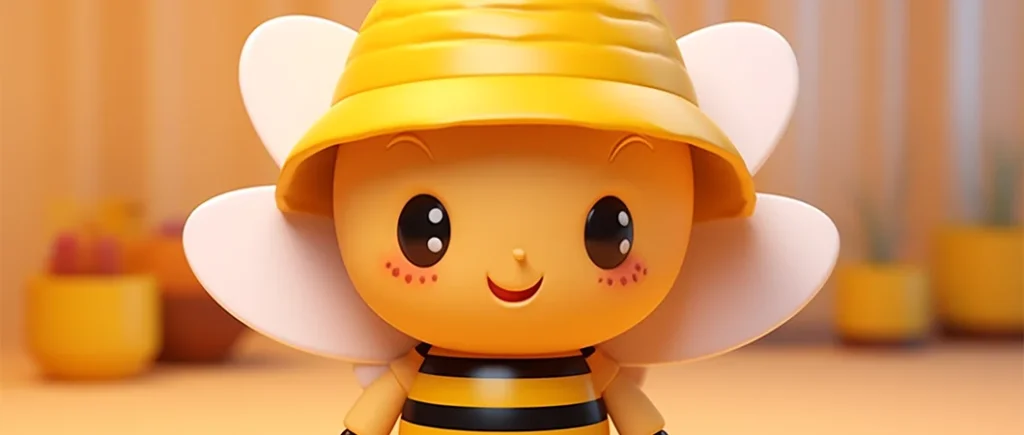
Pre-production Stage
- Stort: The first step in the pre-production stage is the screenplay. The story is the essence of what you create. Great animated films have become successful because of their wonderful story. At this stage, the writers must write the script. Other stages of production are carried out based on the story. A good story is the great start of a memorable production.
- Drawing the storyboard: The next step is drawing the storyboard. In this step, the script is broken into short scenes and drawn in several panels like graphic novels. The storyboard helps the director to have an overall vision of the film. It can then make better decisions about film elements based on this overall insight.
- Editing and collecting: After the storyboards are finalized, they are sent to the editorial team. The editing team, in collaboration with the director, makes the various elements of the film with timing and dialogues as a raw animation. The result of their work is a collection of storyboard images, voiceovers, music, and temporary sounds that form the foundation of the original animation.
- Visual development: Conceptual designers and visual developers create the final look of the film. They design every component of the animation such as characters, environment and background images, props, and the color combination of each scene.
- Environment: At this stage, the artists create the film’s environment in 3D by using the computer and considering the script and storyboards. This stage is the gateway to the animation production stage. If the characters and environment are well modeled, the output of this step can be directly animated.

Production Stage
- Modeling: Specialists convert two-dimensional conceptual designs into three-dimensional models. They carve characters and objects in the environment of modeling software and work on them until the director is satisfied.
- Working on surfaces: At this stage, artists create colors, textures, and shadows for characters, objects, and scenes. They also ensure that the surfaces created for the 3D models align with the conceptual designs created by the visual development unit.
- Creating a skeleton for the characters: These skeletons will play the role of puppets for the animators. Rigging experts create an environment in which the animators can change and move the joints and facial parts of the characters.
- Layout/preparation for animating: The artists who work in the pre-animation department enter the work product of other departments into the 3D environment.
- Animate: Animators bring the characters to life. They determine the location of the body parts of the characters by using rocks. The task of animators is to tell the story using the body language and facial expressions of the character. Most of the animators play the scenes of the movie themselves and film it to use it as a reference later.
- Filling the scenes: This department is responsible for making the scenes of the movie that are full of people. They try to make the actions and movements of the background characters look as real as possible.
- Simulation/ special effects of characters: At this stage, artists are responsible for moving everything on the characters’ bodies. including clothing, hair, fur, or feathers. They also simulate the interaction of characters with objects. For example, when the character sits on a sofa, the artists of this section are responsible for showing the change of shape of the sofa top.
- Digital effects: Artists create all the small details that are created by the events of the film. Like the changes that occur in the scene as a result of the explosion or the works that leave a mark like footprints. They should ensure that these details are well and realistically covered.
- supervision of the technical director: These people are responsible for solving technical problems that occur during production.
- Matte Painting: Matte painting artists paint animated scenes such as mountains, oceans, skies, horizons, and cityscapes. They use the color palette created by the visual development department to create the look of the animation world.
- Lighting: The lighting stage requires a lot of technical and artistic knowledge. This stage itself is usually divided into two parts: general lighting of the scene and lighting on characters and objects
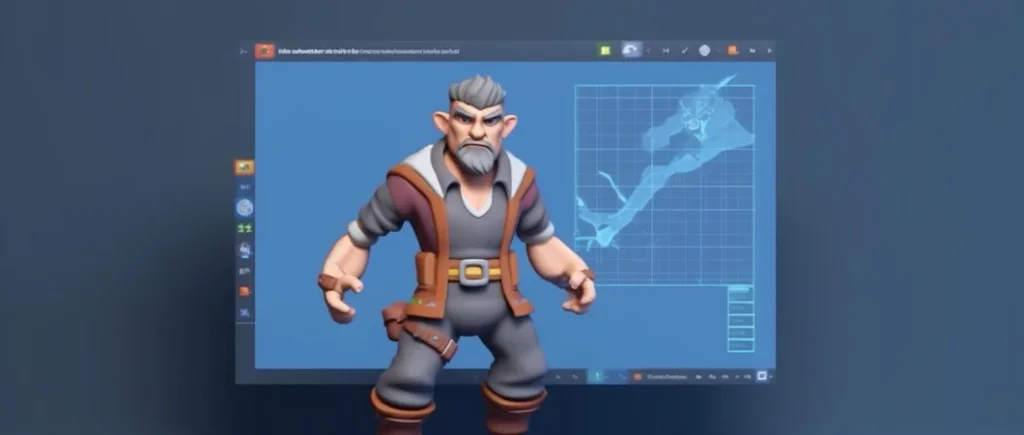
Post-production Stage
- Composition: At this stage, other elements are added to the scene and the artists try to put all the elements in the scene together with the right combination. Creating a proper perspective and minor color correction are other duties of this department. At this stage, the final appearance of the film is discussed.
- Adding sound and music: Final editing should be done before this stage. Because a small change of a few frames can mess up the sound and image settings. Therefore, this stage is one of the last stages after production.
- Editing: When a new animated scene, lighting, or composition is sent to the editors, they try to ensure that each output matches the output before it.
- Color correction: Although lighting and compositing artists try to make all the scenes of the film cohesive, they often only contribute a small part of the film. The task of this section is to maintain the integrity of the images throughout the film.
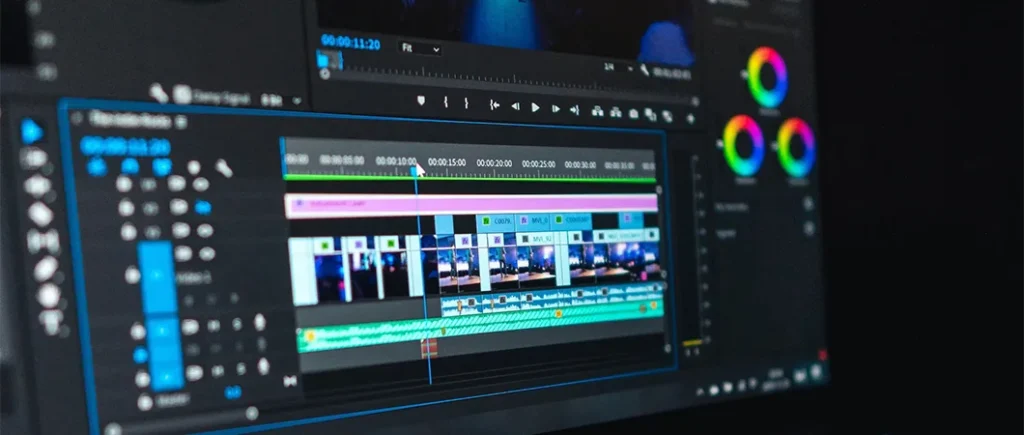
Types of Animation Production Techniques
There are various styles of creating 3D animation which means not all the 3D animations are the same. Some of these types are explained below.
Digital 3D Animation/ CGI (computer-generated imagery)
With the advancement of technology and the emergence of 3D animation techniques, 2D fictional characters got a chance to become more realistic, because now they can be displayed on a 3D platform with high depth and multiple viewing angles. In this technique, animating is done in more complicated steps than the previous methods, and in general, some of these steps can be mentioned, such as texturing, rigging the character and scene, lighting, and adjusting the camera position and viewing angle.
As a result of such a process, a very impressive and realistic narrative will be created. Advanced software such as Maya, After Effects, 3D Max, etc. are used in the production of this style. There are many examples of this style of animation that we are all familiar with. Some of these animations are Toy Story, AP, Finding Nemo, and many other wonderful animations made by the best animators in the world using this technology.
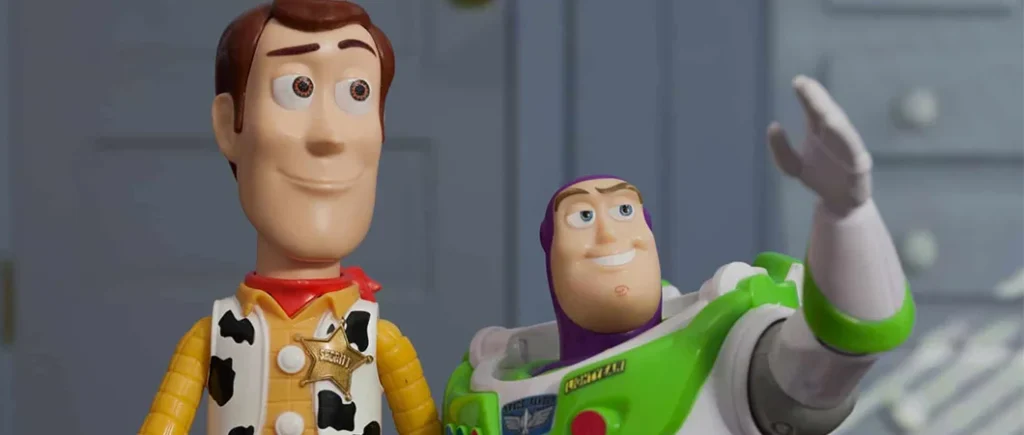
- Interactive 3D
The reason it is called interactive is because it provides interaction between the viewers and the subjects. This technique helps the audience interact with the animated content. Interactive 3D animation is frequently used in video games and simulations. It provides users with the ability to make decisions and impact the storyline, thereby enhancing immersion and interactivity.
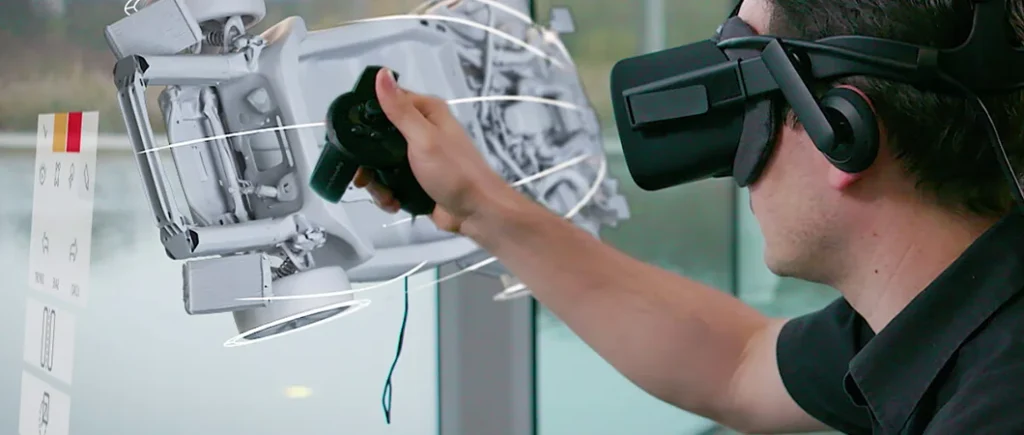
- Virtual 3D
Virtual reality 3D demands a high level of realism in order to create an immersive entertainment experience. The digital environment and its elements within the 3D space must closely resemble their real-life counterparts. Consequently, the production process for virtual reality 3D is both intricate and time-consuming.
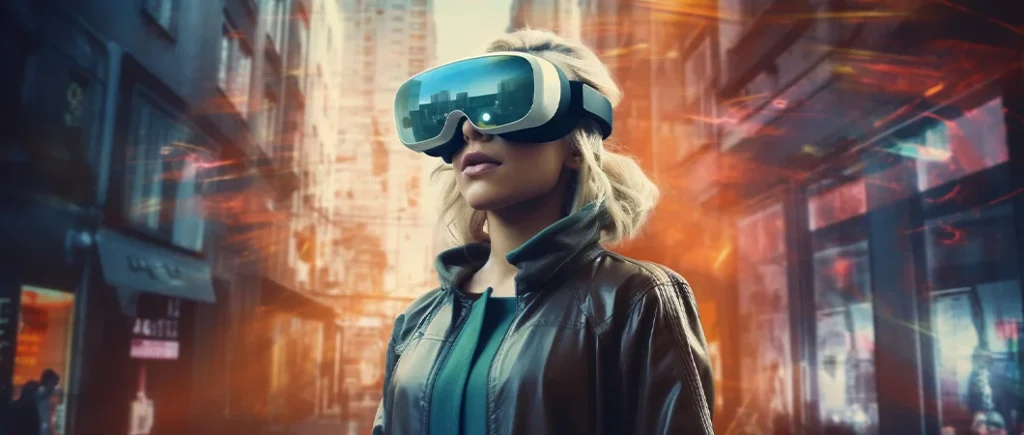
Cel Shading/ Toon Shading
The cel-shading technique used in this 3D animation gives it the appearance of 2D animation, with features such as rigid shadows, defined outlines, ink effects, and muted color palettes. The aim of this animation is to create a flat, two-dimensional effect in real-time. This style is useful in video games, animated appearance, comic book illustrations, etc.
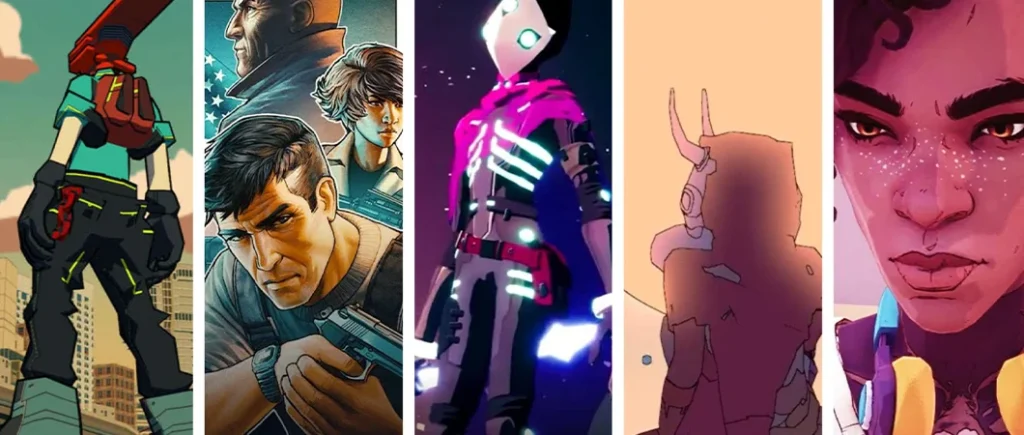
Motion Graphics
A 3D motion graphic is created by applying design skills and using related programs. Visual effects in these types of videos make motion graphics characters look natural and real. Showing 3D motion graphics is a great way to attract viewers of any age group.
The art of Motion Graphics merges animation and graphic design to communicate messages, narrate a plot, or produce captivating visual elements. It frequently incorporates moving and transforming typography, symbols, and shapes.
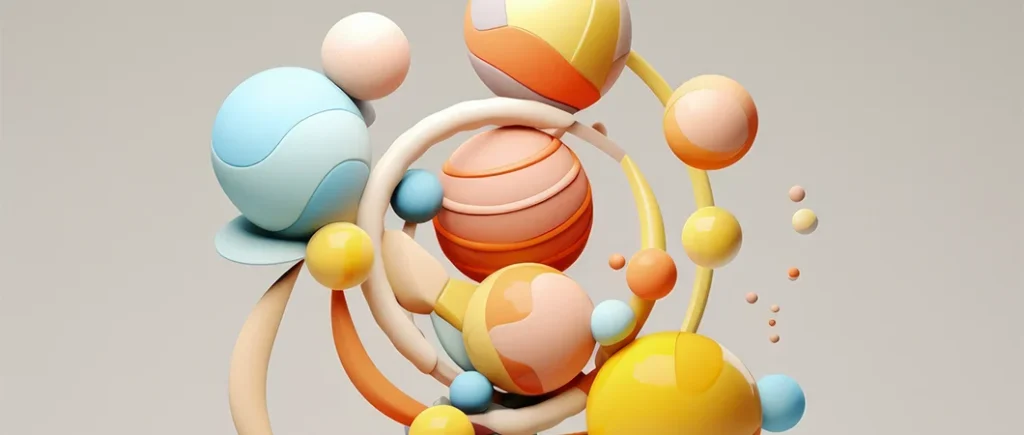
Motion Capture (MoCap)
This is a method that involves capturing and converting the movements of actual actors or objects into 3D animations. This technique is extensively utilized in the film industry to infuse realism into animated characters, as well as in sports analysis to achieve accurate motion tracking. By enhancing the authenticity and expressiveness of 3D characters and objects, MoCap plays a pivotal role in creating lifelike visual experiences.
This particular animation technique offers a major advantage in its capability to record movements and effortlessly replicate physical interactions. Moreover, it is a cost-efficient method that yields remarkable animation renderings in contrast to conventional animation techniques.
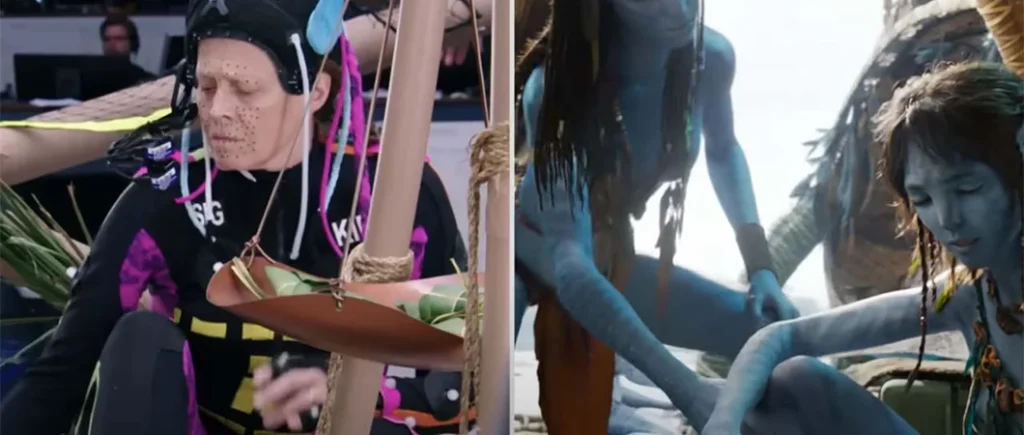
Stop Motion
In this technique, the animator uses physical objects as his characters; In this way, by moving them in each frame, he takes pictures of them, and finally by putting these images together. Here you can read the techniques that are used in stop motion.
- Claymation: In this technique, the characters are designed with paste and the animator creates the animation by moving frame by frame and taking pictures of them. In this style, the animator must follow the principles of lighting and filming, just like cinematograph. Animations like Shaun the Sheep and Chicken Run are considered stop-motion animations.
- Stereoscope: One of the things used in 3D animation is the stereoscope technology, which by creating a difference in the viewing angle in the eyes and visual illusion, the images of a virtual environment are seen in 3D. In making 3D digital animations, this method can be used so that the output of the work has the nature of a 3D display.
- Puppet animation: In this animation, handmade dolls are used as stage characters. These dolls have holding ropes or armatures in parts of their joints, with which the puppeteer moves the doll, and the animator takes pictures of each of their movements separately. Although this technique is very time-consuming compared to the digital method, it still has many fans as one of the most common animations for children. One of the stop-motion animations that was made with the puppet show method is the musical and fantasy film “The Nightmare Before Christmas” in 1993.
- Cut-out: Cut-out wash is also used in the stop motion technique. One of the types of cut-out animations in this category is Silhouette or shadow animation, in which all the characters are photographed against the light and with the Rostrum camera, and finally, the image that is made is anti-light or black-faced. In recent years, this method is also used to make 2D and 3D computer movies.
- In the traditional style: silhouettes were made in monochrome with a gray background and black characters, but over time, animators turned to colors for the animation background. “Tales of the Night” by Michel Ocelot and “The Mysterious Geographic Explorations of Jasper Morello” animation, which is a combination of 2D characters and 3D background, are examples of this method.
- Pixilation: One of the stop-motion techniques is in which the main character is a live actor and the animator makes separate frames of him by photographing different movements of the actor, and the moving images are displayed intermittently.
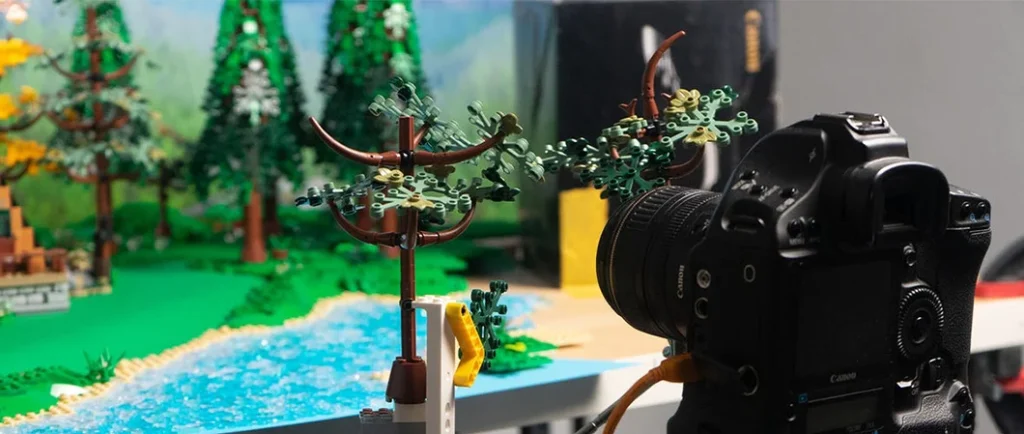
Why is 3D Animation Important?
One of the most important items that has caused many people to look for a guide on how to use 3D animation is the importance of using this technique.

